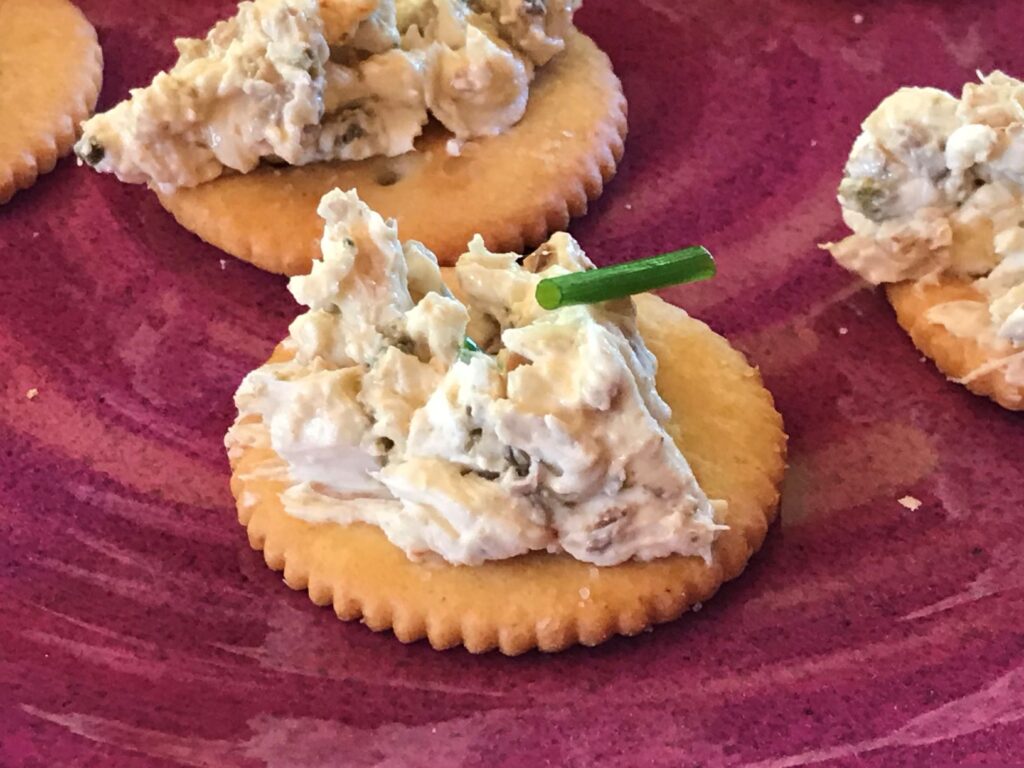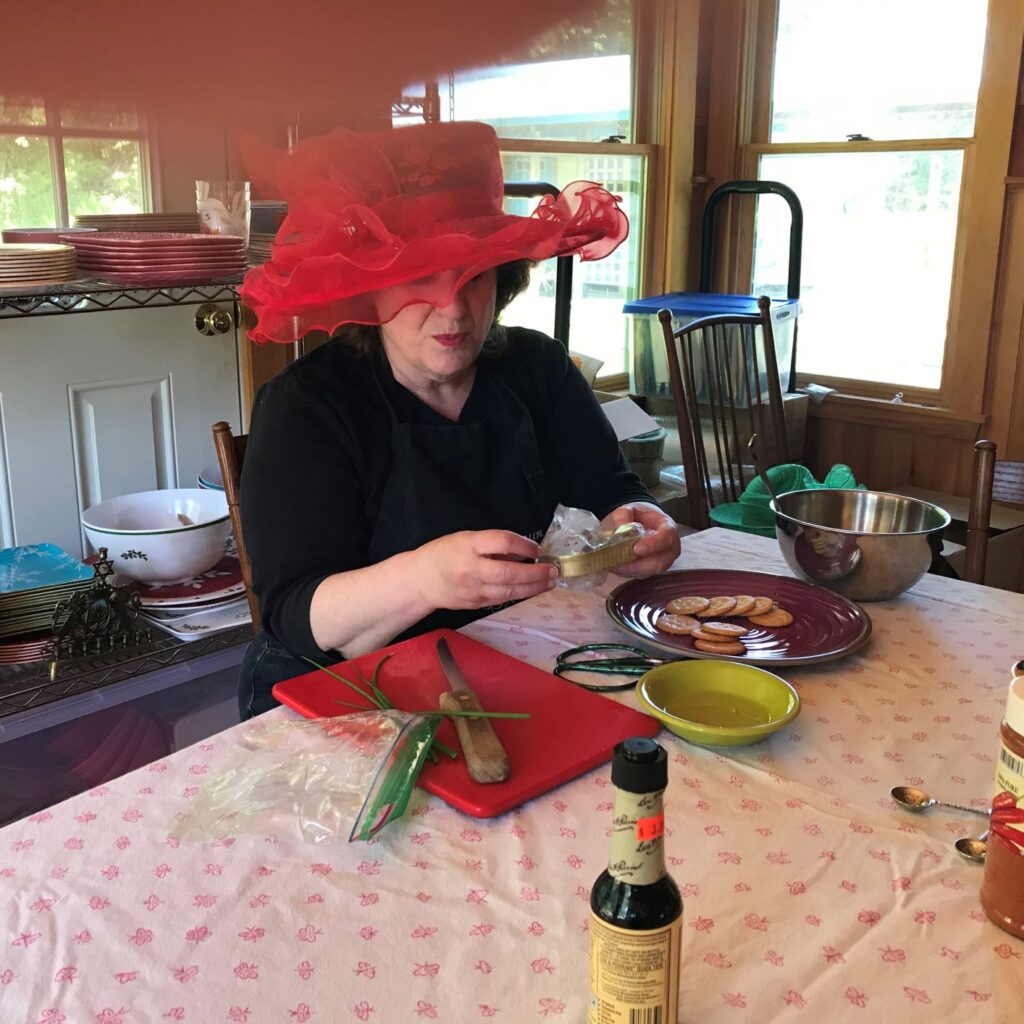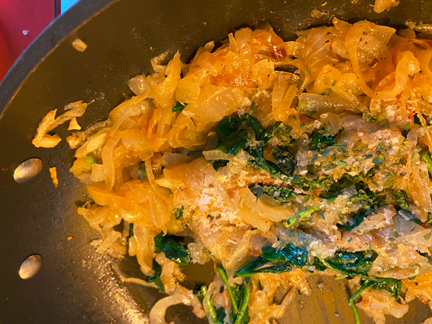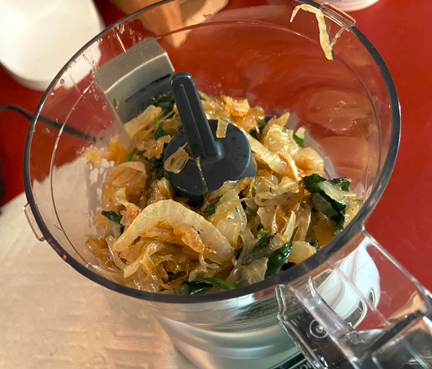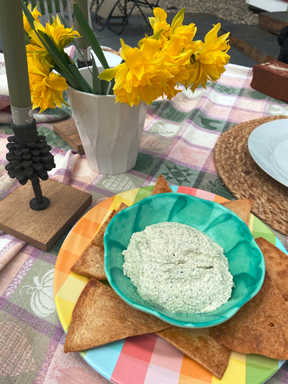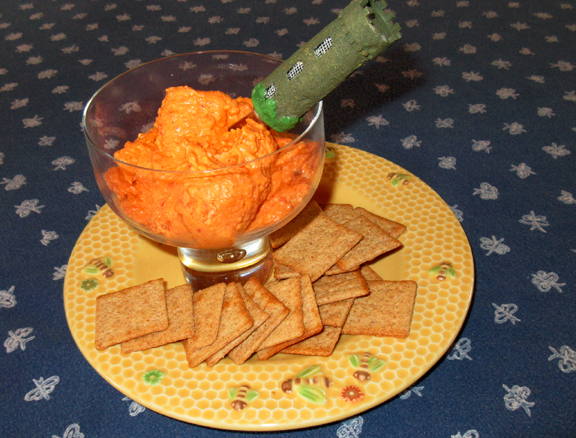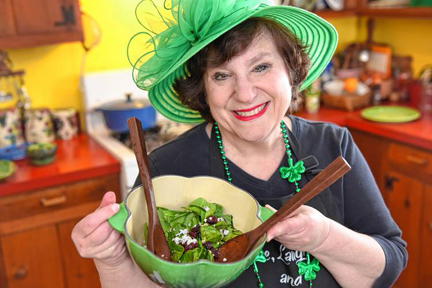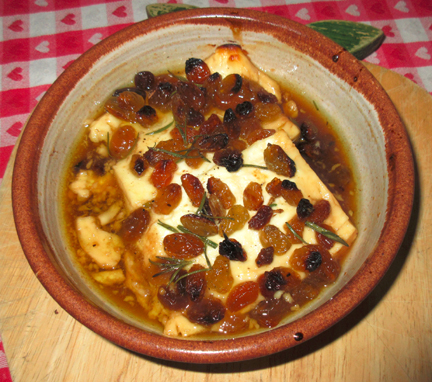
At this time of year, as the days shorten and the sun dips lower in the sky, many cultures and religions help offset the weather with holidays that celebrate light. The Jewish holiday of Hanukkah, which begins at sunset this evening (Thursday, Dec. 10), is one such holiday.
In fact, Hanukkah takes place at what is arguably the very darkest time of the year. This lunar holiday takes place just as the moon joins the sun in getting closest to its darkest time. It lasts for eight days.
Also known as the festival of lights, Hanukkah recalls a time in the second century B.C. when the Israelis book back their land from Syria and rededicated the temple in Jerusalem.
They lit an oil-powered menorah (candelabrum) that was supposed to burn continuously. Unfortunately, they had only enough oil to keep the flame burning for a single day. Miraculously, it lasted for eight days and nights, until more oil could be brought to the temple.
Hanukkah celebrates several things: a Jewish victory (not a common thing in world history), the strength of religious faith, and above all the power of light.
I love lighting my menorah each night of this holiday. AI was fortunate to have a Christian parent and a Jewish one. Consequently, our family celebrated both Christmas and Hanukkah.
When I was a child, I saw this as a plus mainly in terms of presents: the month of December was one long series of gifts. (My birthday falls in December, adding to the pile.)
I still enjoy giving and receiving gifts at this time of year. As I get older, however, lighting the menorah and trimming the Christmas tree help me to remember my parents and their families and to celebrate my rich dual heritage. Those activities also brighten my home at this darkening time of year.
Naturally, as a food writer, I celebrate the season with food. The main food associated with Hanukkah is oil, in commemoration of the miraculous oil that burned for so long in the temple.
Olive oil, a mainstay of Middle-Eastern cuisine and life two millennia ago, was the oil used in the temple in Jerusalem, but one may use pretty much any oil one likes in cooking Hanukkah treats. For frying I often choose a neutral oil like canola oil.
The most popular Hanukkah recipe is for latkes, potato pancakes. I’ve posted several latke recipes here over the years. This year I decided to make my latkes slightly differently—in the waffle iron.
I got the idea from Ina Garten, a.k.a. the Barefoot Contessa. Her most recent cookbook features hash browns prepared this way. I reasoned that hash browns and latkes aren’t really all that different.
I call my creations (drum roll, please) … WaffLatkes.
To be frank, the Wafflatkes can’t QUITE match the crispiness of the fried version of this dish. They are pretty tasty, however, and the waffle pattern is fun. They’re also exceptionally easy to make and lighter than traditional latkes.
Happy Hanukkah! Enjoy the light and the yumminess….
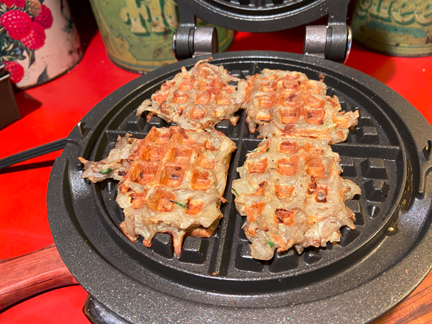
WaffLatkes
Ingredients:
2 large baking potatoes
1 large onion, finely chopped
1 egg, beaten (you may need another one!)
chopped fresh chives to taste (optional but tasty and colorful if you have them on hand)
2 to 4 tablespoons flour
1 teaspoon kosher salt or sea salt
lots of freshly ground pepper
1 tablespoon olive oil
canola or olive oil for greasing the waffle iron
Instructions:
Wash the potatoes well. Grate them with a box grater or with the grater attachment of a food processor. Wrap the potato shreds in a dish towel. Carry it to the sink, wring it out, and allow the potato pieces to drain while you get out the rest of the ingredients and maybe drink a cocktail or two.
In a medium bowl combine the egg, the chives (if you’re using them), 2 tablespoons of flour, the salt, and the pepper. Stir in the onion and potato pieces, followed by the olive oil.
If the batter doesn’t seem to hold together at all, stir in a little more flour and/or another egg. Don’t worry about making it perfect, however. Wafflatkes are allowed to be a little ragged.
Brush your waffle iron with oil. Preheat it to a medium-high setting. When it is ready plop small spoonsful of batter onto its quadrants. Flatten them a bit if you wish. (The waffle iron will do this for you, but I tend to become a little paranoid.)
Cook the little cakes just a little longer than you would normally cook waffles, making sure they are golden brown. Serve the waffles immediately as they come out of the iron—or pop the first ones into a 300-degree oven until you have finished cooking the rest. Serves 6 to 8 as a side dish.
And now the video, Tinky Makes WaffLatkes
